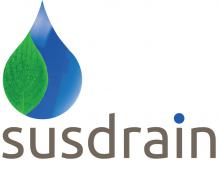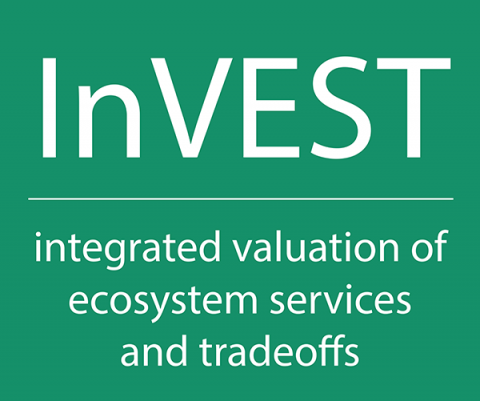Co$ting Nature
Visit Tool
Co$ting Nature V3 is a web based policy-support tool for natural capital accounting and analysis of the ecosystem services provided by natural environments. The focus is on costing nature (understanding the resource, e.g. the land area, and the opportunity cost of protecting nature to produce ecosystem services) as opposed to valuing nature (i.e. how much someone is willing to pay for it), though the tool does support economic valuation and has the necessary tools for this. The tool estimates the current provision of 18 ecosystem services including Timber (softwood, hardwood), Fuelwood (softwood, hardwood), Grazing/fodder, non-wood forest products, water provisioning (quantity, quality), fish catch, carbon, natural hazard mitigation (flood, drought, landslide, coastal inundation), culture-based tourism, nature-based tourism services, environmental and aesthetic quality services, wildlife services (pollination, pest control), wildlife dis-services (crop raiding, pests) and identifies the beneficiaries, then analyses current human pressures on the land, future threats and levels of biodiversity. It derives conservation priority from these factors. Users can then apply scenarios for land-use or land management change, and examine the impacts on ecosystem services and the implications for beneficiaries. The tool can be used to assess the impacts of human interventions for conservation prioritisation and planning. It also calculated Nature’s contributions to the Sustainable Development Goals (SDGs).
Information Requirements
Input
Global spatial data (GIS, remote sensing) at 1 square km or 1 ha resolution is provided by the tool globally. Users can also provide their own datasets. Users can run at local scale (100×100 km tile), for major basins or countries. For those requiring a simpler tool Co$tingNatureMap provides provides access to baseline and scenario runs of Co$tingNature globally and regionally and allows – at the click of a button – comparison between sites where conservation or development investments are planned
Output
Guidance; Maps; GIS databases; Quantitative data on ecosystem services; Tables / statistics / reports; Economic assessment; Environmental asset portfolio; Ecosystem service impact score / Development impact score
Resource Requirements
The internet (it works best in Chrome or Mozilla Firefox).
How does it work?
Co$ting Nature incorporates detailed global datasets, spatial models for biophysical and socioeconomic processes and scenarios for climate and land-use. It calculates a baseline for current ecosystem service provision (2015). It also allows interventions (policy options) or scenarios of change to be applied to understand their impact on ecosystem service delivery. By combining more than 140 input maps, the tool calculates the spatial distribution of 18 ecosystem services and combines these with maps of conservation priority, threatened biodiversity and endemism to understand the spatial distribution of critical ecosystems and to determine conservation priorities. Outputs are a series of summary maps expressed in relative terms (0 – 1) which combine the outputs from the different modules (ecosystem service bundles).
Detailed Information
Key data sources:
Terrestrial, freshwater or marine focus?
- Terrestrial
- Freshwater
- Marine Focus
User Time Requirements:
4 working days.
Developer Organisation
Kings College London (models), AmbioTEK (software) and United Nations Environment Programme – World Conservation Monitoring Centre (UNEP-WCMC) (applications).
Other Information
Available in English and Spanish
Co$ting Nature can be used to compare overall service generation with biodiversity and conservation priorities and can be rapidly applied in terrestrial environments globally (Bagstad et al., 2013).
It can act as a low-cost, spatially-explicit screening tool to identify potential ecosystem service hotspots (Bagstad et al., 2013).
Version 1 is also available for use (faster but less sophisticated – does not include land-use or climate scenarios).
Farpón (no date) conducted a comparative study of Co$ting Nature and InVEST models in the Manu National Park (Madre de Dios, Peru). The aim was to determine what benefits protected areas provide in terms of biodiversity, carbon and water quality in two conservation corridors. Baseline scenarios for deforestation, land management change and land-use change revealed different results for each area (results not reported). Methodologically, Farpón identified that the level of difficulty, time and data requirements for both tools depends on the models that are used. Both tools produce outputs that can be analysed in GIS format.
ARIES Explorer (k.Explorer) [86] will provide an easy to use interface. A user will click an area and search their storyline or question in the knowledge dictionary e.g. ‘Carbon’. Using a drag and drop approach, the platform will run the model (according to global models or user-specific models uploaded) and provide an output for the study area.

